
The power of habits: How small changes can make a big impact on creatives
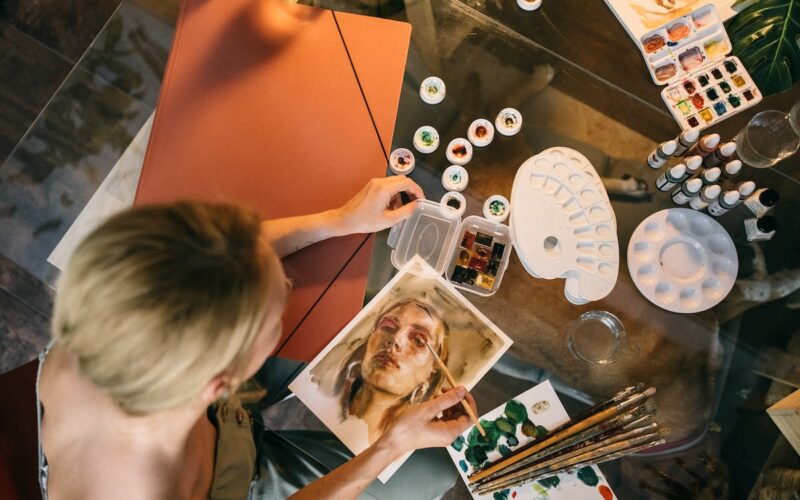

Do you ever wonder how to take your art to the next level? Sometimes, we think that only big leaps can make a difference. But what if we told you that small changes in your daily routine can greatly impact your work?
As artists, you’re no stranger to the idea that practice makes a man perfect. However, it’s not just about practice; it’s about the habits you build. You do These things without even thinking about them, like sketching for a few minutes each day or trying a new technique.
Take your time; the time will never be ‘just right.’ Start where you stand, and work with whatever tools you may have at your command, and better tools will be found as you go along.” – George Herbert
So, what are habits for artists? They’re like the secret sauce in your recipe. They can be simple, like setting aside a few minutes to doodle or experimenting with a new color palette. These small actions might not seem groundbreaking, but they’re where your art journey can truly begin.
In this blog, we want to show you the incredible power of your small habits. We’ll explain how small changes in your daily routines can improve your work. We won’t use fancy art lingo – just simple ideas to help you understand how habits can transform your art.
What is the habit loop?
Knowing how our brains make habits is essential for artists because it can help us improve our routines. Our brains are wired to love routines. When we do something repeatedly, our brains create a shortcut called a habit loop.
This loop consists of three parts: the cue (a trigger that signals it’s time for the habit), the routine (the action we take), and the reward (the good feeling our brain gives us afterward). Inside our brains, many tiny cells called neurons talk to each other through connections. These connections become stronger when we repeat a routine, like a well-worn path.
The more we repeat a routine, the stronger the habit becomes. So, if artists want to build good creative habits or break bad ones, it’s all about understanding how our brains work and using that knowledge to make positive changes in our artistic lives. Below are some habits that can help make a big impact.
Eat before it’s an emergency.
When life gets busy, it’s easy to forget what your body and mind need to work their best. Skipping sleep, eating junk, not moving around, and avoiding friends can make you feel empty and uninspired. This can affect your work, leading to burnout or breakdowns.
Here’s a simple tip: Get a big water bottle and fill it in the morning. Try to sip it all day long (you can add a little lemon juice for flavor). Dehydration makes you feel foggy, tired, and grumpy. Don’t go overboard with coffee – balance it with water.
And don’t wait until you’re starving to eat. Avoid the common mistake of waiting until 2 p.m. for lunch. Do some meal prep on Sundays and have healthy, protein-packed meals ready. This way, you won’t crash, and you won’t end up grabbing the first unhealthy thing you see.
Start adding a “try something new” day to your routine
This means taking the chance to do things differently. You could use different art supplies, like paints or pencils, try a new art-making method, or explore subjects you’ve never drawn or painted. To keep track of your adventures, keep a simple journal where you write down what worked well and what didn’t during these experiments.
You usually paint calm nature scenes with watercolors. On your chosen experimentation day, step out of your comfort zone. Try making a colorful and wild abstract painting with acrylics. You may discover a new love for abstract art!
Remember, experimenting isn’t just about learning; it’s also about having fun and adding excitement to your daily routines.3
Treat yourself fairly, just like you would treat a good worker.
It’s really important to make sure your art is priced in a way that shows how good you are and how much people like your work. Working super hard for not enough money can make you feel stressed out. But guess what? You get to decide how much money you charge.
Many artists use a simple formula: add the materials cost and then think about how much they want to earn per hour. That helps them set the price for their art. But remember, you don’t have to stick to this formula.
Take a moment to see how much people like your art and how quickly it sells, especially if your $350 pieces are always flying off the shelves. This might be a sign that it’s time to think about charging a bit more. Your art is valuable, and you should be paid well for all your hard work and creativity.
Stay Active to Stay Productive
When your body is active, your mind tends to be active too. They’re best buddies, working together to keep you focused and on track. Being physically active helps you save time later by reducing procrastination and distractions.
Here’s the deal: When you move your body, whether a short walk, some stretching, or a quick workout, it wakes up your brain. It gets your blood pumping, and suddenly, you’re more alert and ready to tackle your tasks.
When you start your day with a burst of physical activity, it’s like a jumpstart for your brain. You’ll find concentrating, making decisions, and staying on top of your work easier. Plus, you’ll have more energy throughout the day.
If you often procrastinate or are easily distracted, consider adding physical activity to your daily routine. It might just be the secret sauce to boost your productivity and make the most out of your time.
Take small steps to get organized.
Begin your day by getting organized. When you rush at the last minute to put together prices and invoices or locate important details about your artwork, you’re not just causing unnecessary stress but also wasting precious time.
Let’s keep it simple: Being organized means less stress. Artists sometimes have a reputation for being scattered, but living in constant chaos will leave you exhausted and dreading your art’s business side.
If you’re trying to turn your art into a business, you want to enjoy the process as much as possible. Here’s an idea: Set aside half a day each week for tasks like updating your website, keeping in touch with your customers, and packing and shipping your work. This makes everything smoother, so you can spend the rest of your week creating art.
Blocking out this time lets you work more efficiently without switching between daily business tasks and creating art.
Start using a system like the Arts to Hearts inventory management system. It helps you manage your art business from anywhere, all in one place. You can easily make lists of your artwork for galleries, create invoices, find details about your art pieces, and get insights into your business. It simplifies the business side of your art so that you can focus more on your creativity. ( Buy now)
Start organizing your art business better today!
Find an accountability partner.
Sticking to tiny habits, like daily sketching or trying new techniques, can take time and effort. That’s where an accountability partner can be your secret weapon.
An accountability partner is like a buddy on the same journey as you. Together, you both help each other stay on track and motivated. It’s like having a workout buddy but for your creative habits.
Here’s how it works:
Look for a friend, a fellow artist, or even someone online who shares your creative goals. They don’t have to be experts; they must be committed to their tiny habits.
Both of you should decide on your tiny habits and set clear goals. For example, you might commit to sketching for 15 minutes every day, and your partner might aim to write a poem each.
Stay in touch with your partner. Share your progress, setbacks, and successes. It’s like having a mini-support group to keep you going.
When you achieve your tiny habit goals, celebrate with your partner. It could be a virtual high-five or a simple chat about your accomplishments.
Here’s the exciting part..
if you’re looking for an artistic buddy, the Arts to Hearts project is a community for artists where you can join forces with fellow creatives. It’s a place to find your accountability partner, share your journey, and grow together.
So, find your accountability partner, or join the Arts to Hearts community and watch how your tiny habits turn into big achievements!











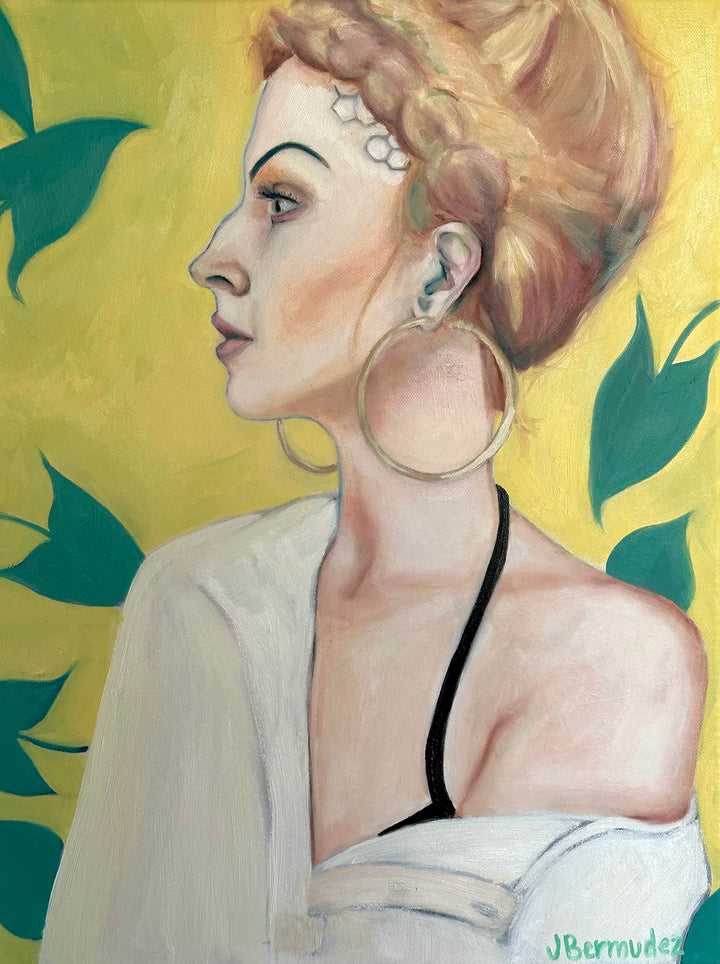
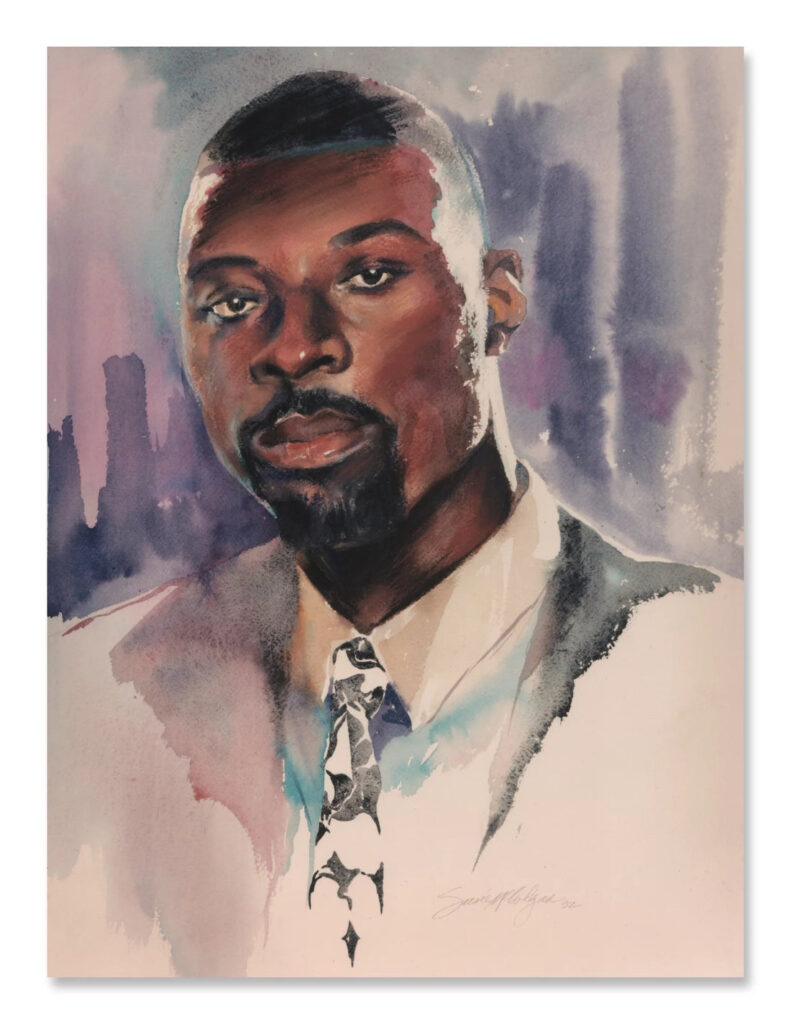
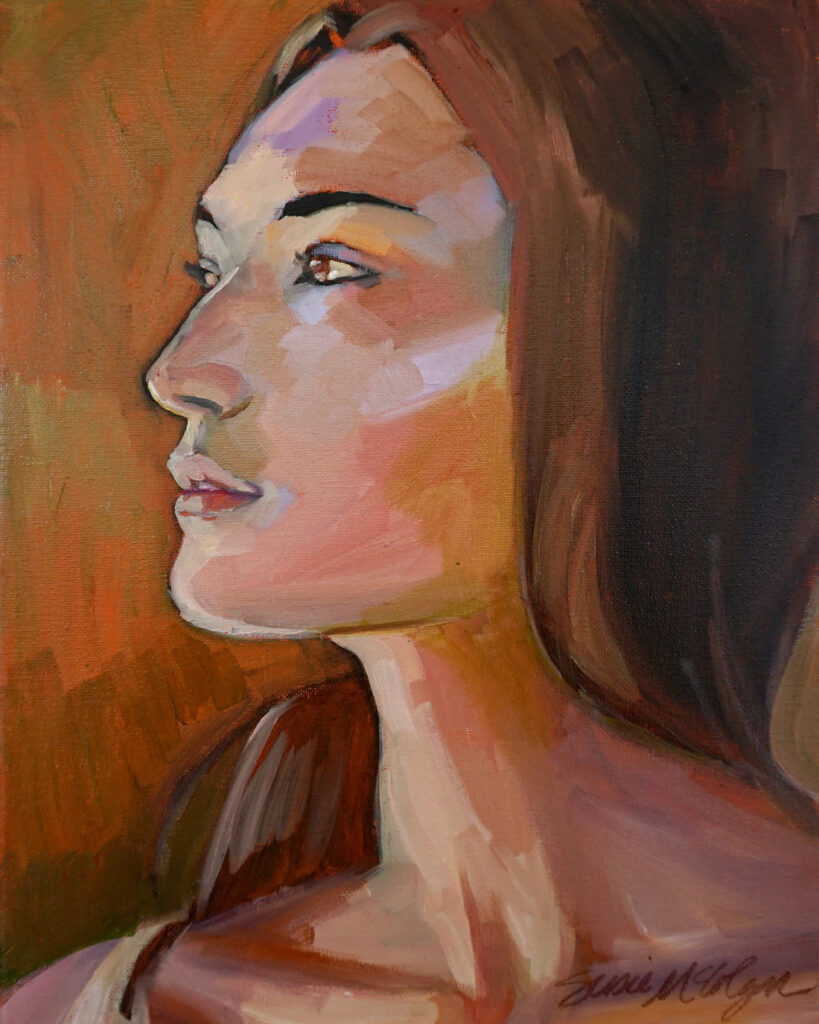

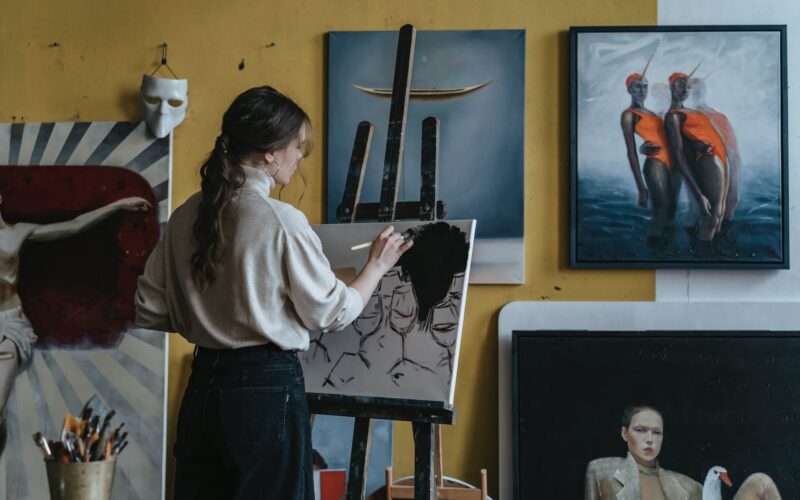

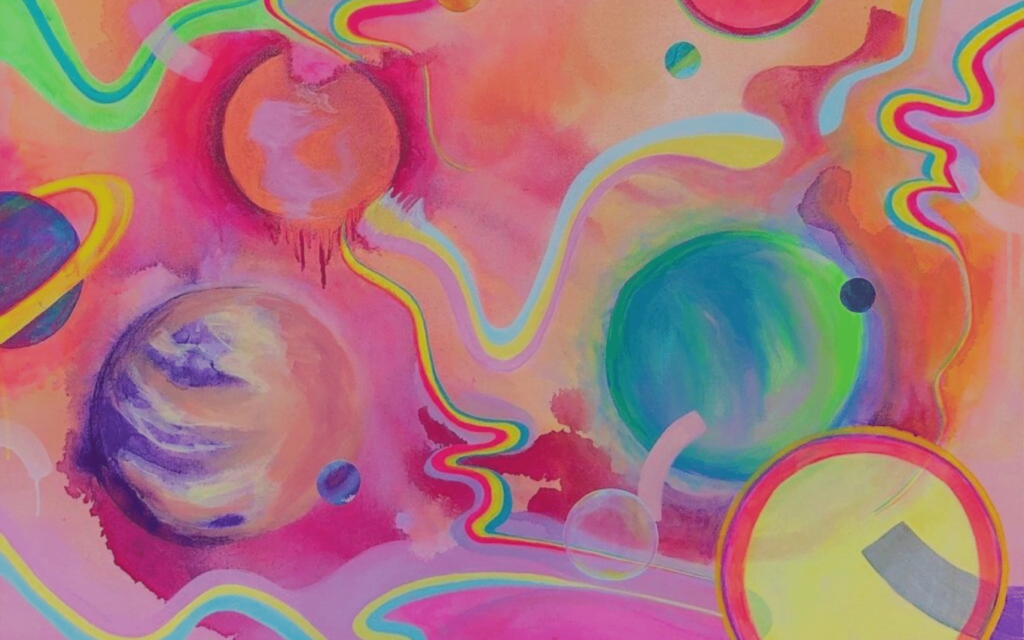


Comments 19